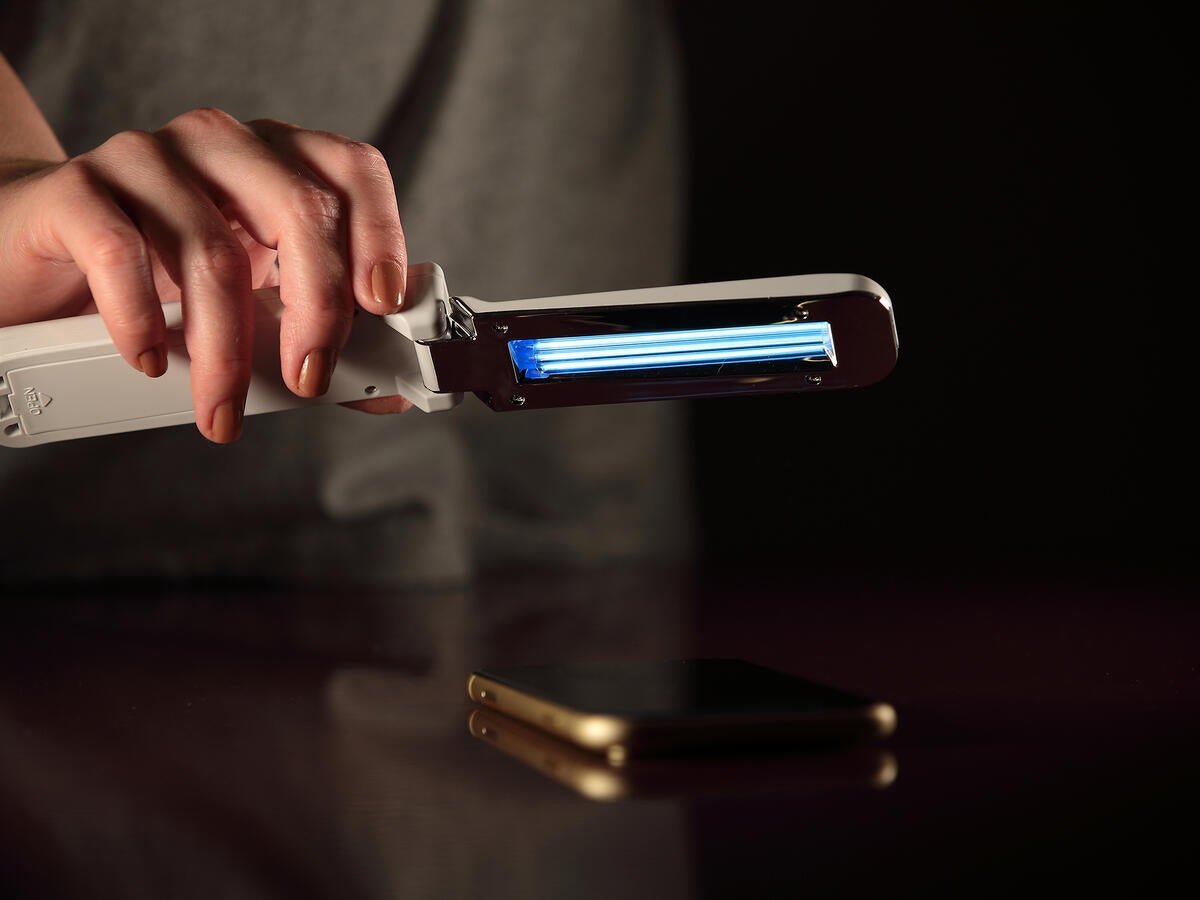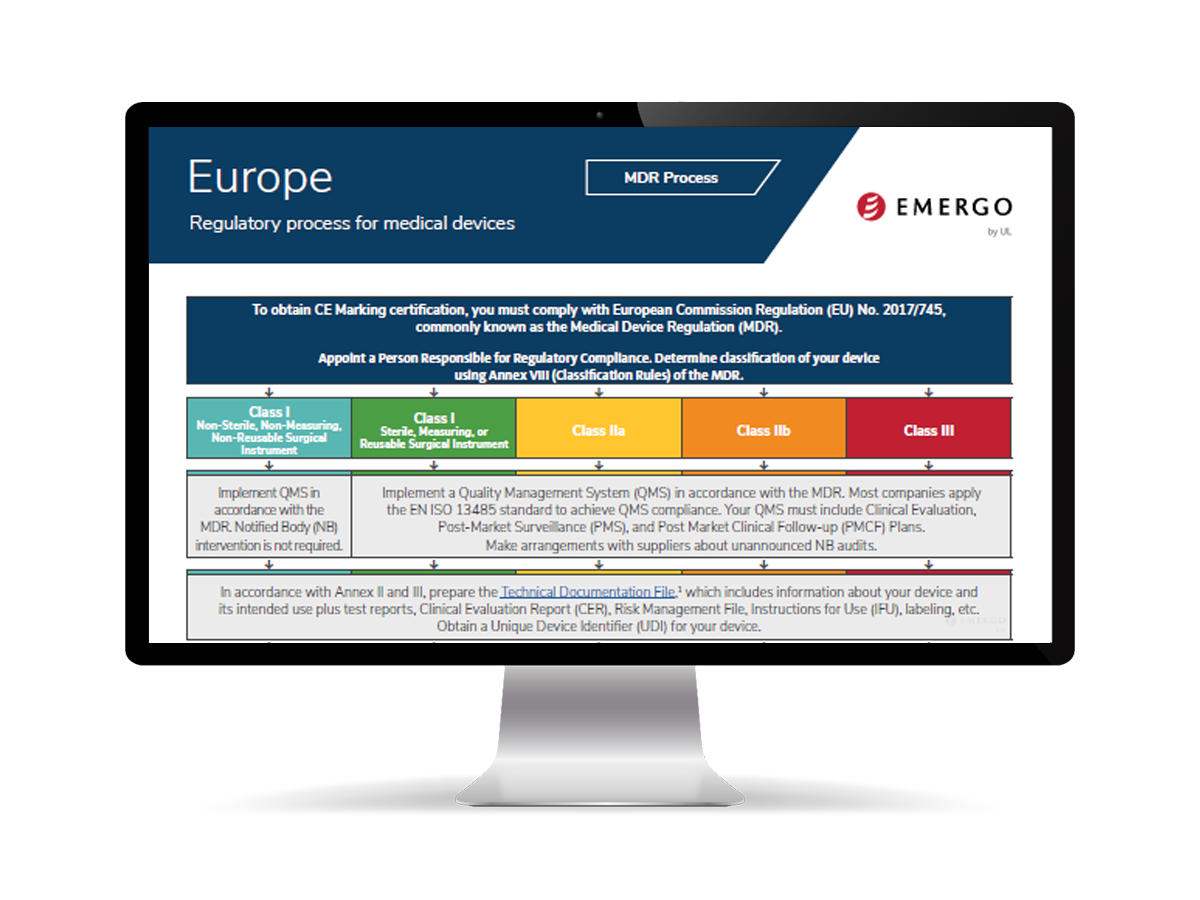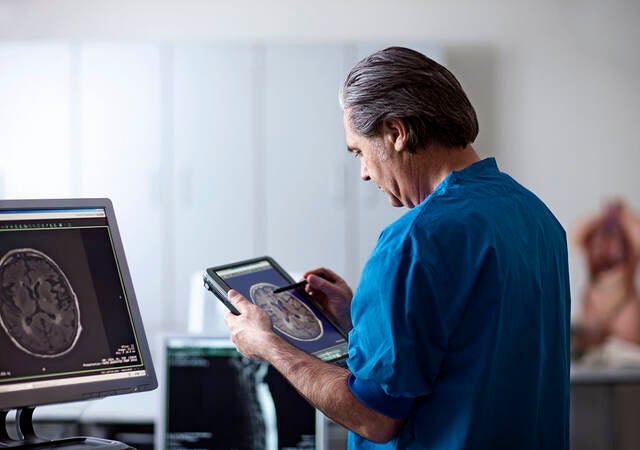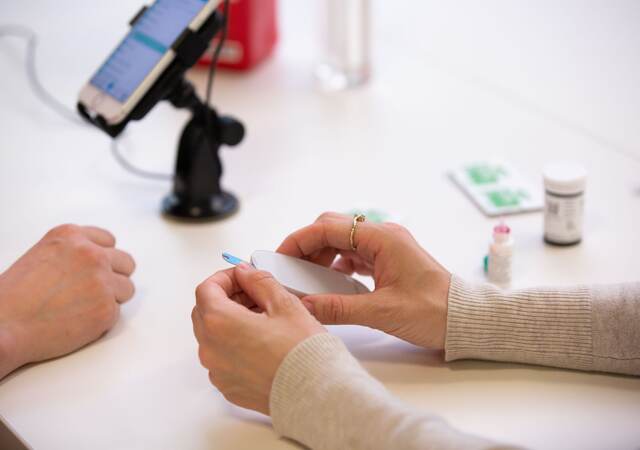The benefits to medical device manufacturers of obtaining CE certification are many, including access to European markets and giving consumers confidence in the safety and performance of your product. Having a good understanding of what CE marking is and creating an effective CE marking strategy is critical to taking advantage of this important certification.
ANSWERED ON THIS PAGE:
- What is CE certification?
- What is CE marking?
- What is the EU CE marking for medical devices and who is responsible?
- What are the EU MDR requirements for CE marking in Europe?
- How can Emergo by UL support medical device companies with CE marking and MDR compliance?
What is CE certification?
To sell medical devices in the European Union (EU), you must obtain CE marking certification for your product. CE marking certification indicates that your medical device complies with applicable EU regulations and enables the commercialization of your products across all EU member states. As a legal medical device manufacturer, you are responsible for maintaining regulatory compliance and securing CE marking certification for your product, regardless of whether you outsource any or all components of your manufacturing operation. Manufacturers of in vitro diagnostic (IVD) medical devices must meet similar requirements for CE marking in Europe.
What is CE marking?
The CE mark signifies that a manufacturer assumes responsibility for a product’s compliance with all European health, safety, performance and environmental requirements. CE stands for "Conformité Européenne," which is French for European conformity. The European Union comprises 28 countries that require CE marking. There are four additional countries that are not part of the EU, but also require CE marking. This process chart illustrates the CE marking certification process per device classification and is available for download in our Regulatory Affairs Management Suite (RAMS).
What is CE marking for medical devices and who is responsible?
To sell medical devices in the European Union (EU), you must obtain CE marking for your product. CE marking indicates that your medical device complies with applicable EU regulations and enables the commercialization of your products within the European Economic Area (EEA). As a legal medical device manufacturer, you are responsible for maintaining regulatory compliance and securing CE marking for your product, regardless of whether you outsource any or all components of your manufacturing operation.
Key responsibilities include:
- Confirming the device meets all General Safety and Performance Requirements (GSPRs).
- Preparing and maintaining complete technical documentation.
- Conducting a clinical evaluation to support device safety and effectiveness.
- Implementing a post-market surveillance (PMS) and post-market clinical follow-up (PMCF) system.
- Registering the device in The European Database for Medical Devices, (EUDAMED) and assigning a UDI (Unique Device Identifier).
- Engaging a Notified Body for conformity assessment (for most devices above Class I).
If the manufacturer is based outside the EU, they must also appoint an EU Authorized Representative (EC REP), who assumes specific regulatory responsibilities and acts as the primary point of contact for European authorities. With offices throughout Europe, our regulatory experts can help you obtain CE marking for your medical device and start selling your product in the EU.
Manufacturers of in vitro diagnostic (IVD) medical devices must meet similar requirements for CE marking in Europe.
How to obtain European CE marking for your medical device
See our detailed chart explaining the current European CE approval process for medical devices.
The basic process follows these steps:
- Determine whether your product meets the definition of a medical device according to the MDR.
- Determine the classification of your device. See our chart.
- Implement a quality management system (QMS), if applicable to your device. Most companies use ISO 13485 to meet these requirements.
- Prepare a CE marking Technical File or a design dossier.
- Prepare a Clinical Evaluation Report (CER) according to MEDDEV 2.7/1 rev4 and MDR Annex XIV. Manufacturers must gather sufficient clinical data to demonstrate the safety and performance of the device under intended use conditions.
- Select and appoint a European Authorized Representative (EC REP) to act on your behalf within the EU if you have no physical location in Europe.
- Have your QMS and Technical File/Design Dossier audited by a Notified Body, unless your device is Class I, is not sterile and has no measuring function.
- Obtain CE marking and ISO 13485 certificates from your Notified Body.
- Confirm assignment of a Unique Device Identification (UDI) and registration of the device and economic operators in EUDAMED.
- Prepare a Declaration of Conformity (DoC), which states that your device complies with the MDR.
For additional information on EU Medical Devices Regulation 2017/745 compliance, download our MDR white paper.
Emergo by UL can help you obtain EU CE marking for your medical device
We have a well-established presence in the EU with offices in the U.K., Germany, France and the Netherlands. We have assisted hundreds of medical device manufacturers with CE compliance for Europe at every stage of the CE marking and MDR compliance process.
Our services are tailored to the needs of a wide range of companies, including start-ups, small and medium-sized enterprises (SMEs) and established global manufacturers, including:
- Assistance with product classification
- Development of a regulatory strategy and roadmap tailored to the product’s risk class and market goals
- Verification of applicable standards and testing requirements
- Technical File preparation or updates, confirming compliance with MDR Annex II and III
- Clinical Evaluation Report (CER) development and review using MDR and MDCG guidance
- Risk Management File (RMF) development in alignment with ISO 14971
- Post-market surveillance (PMS) and PMCF planning and documentation
- Implementation, modification and maintenance of a quality system (usually ISO 13485) that will meet European and other international requirements
- Authorized representative services in Europe
- Notified Body engagement support, including submission preparation and query response
Why choose Emergo by UL for MDR consulting and CE marking?
Medical device manufacturers worldwide trust Emergo by UL for:
Deep MDR expertise
Our consultants actively monitor EU regulatory guidance and Notified Body expectations.
Customized support
We offer full-service regulatory assistance and targeted services based on your needs.
Global experience
Serving customers across North America, Europe, Asia and other key markets.
Frequently asked questions about CE marking
- Our device already has CE marking. How does MDR 2017/745 affect our status?
The MDR came into full effect in May 2021. Certificates issued before final implementation of the MDR have a maximum validity of five years. However, all CE marking certifications issued before the implementation of the new regulations will automatically expire four years after the new regulations come into force.
- Who will issue my CE marking certificate for my medical device?
If your medical device is Class I (provided reusable, sterile or has a measuring function), Class IIa, IIb, or III, you will receive a CE certificate from a Notified Body. Class I non-sterile, non-measuring devices may be self-certified and do not require a CE certificate from a Notified Body.
- Does the Notified Body name appear on my product labeling?
Their name will not appear, but their four-digit NB number will appear under the CE marking symbol on your labeling.
- Will changing a contract manufacturer impact my CE certification?
Yes, because this is a change in critical suppliers. In this situation, legal manufacturers (i.e., "owners" of the CE marking) will select a new contract manufacturer based on criteria outlined in their quality system, which should describe how to qualify and continually assess their suppliers.
The legal manufacturer must notify their Notified Body of this change and request an updated CE certificate. The Notified Body may require an on-site audit of the new contract manufacturer to issue an updated CE certificate.














